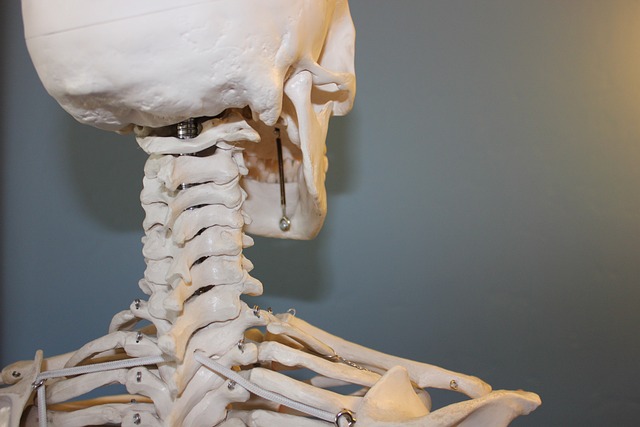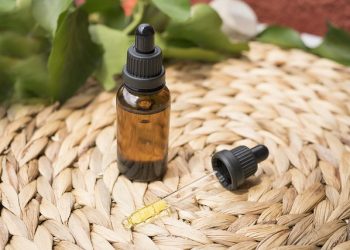Are you living with an aching lower back, lower legs, or sciatic pain? These are indications of a bone spur in the lower back.
Excessive pressure, rigorous activities, and injuries have been linked to bone and joint formation in the lower back.
Do you know what the main cause of bone spurs in the lower back is? You must find out if you are to prevent the growth of bone spurs or live with the pain if it happens. This article will help you identify the causes of bone spurs in the lower back and possibly help you to prevent them.
Connective Tissue Degeneration
These spurs form when the cartilage around the spine begins to degenerate, and bone tissue grows to compensate. Connective tissue degradation occurs when the body produces either too much or too little collagen.
Collagen is a protein produced by the body stored in connective tissue. If there is too much collagen, it can cause ossification and lead to the formation of bone spurs.
Connective tissue can wear away over time, leading to degeneration and spurs. This process gradually reduces mobility in the affected area, resulting in joint pain and stiffness.
Trauma to the Lower Back
Trauma can include anything from an acute injury due to a fall or accident to fractures or severe arthritis. The body reacts by forming discrete, bony growths as a way to both protect and stabilize the area. As the growths extend outward, surrounding muscles, bones, ligaments, and nerves can become irritated, leading to pain, stiffness, and decreased range of motion. If the pain continues even after all the medicinal, and non-invasive treatment, there is a possibility that one might require a total hip replacement.
Age-Related Bone Spurs
Age-related bone spurs (osteophytes) are bony outgrowths on the bones of the spine due to wear and tear of the intervertebral discs as we age. These discs act as shock absorbers between the vertebrae and provide lubrication and cushioning. Over time, the discs begin to break down, and the body lays down extra bone material to protect the area, causing a sharp projection that can cause lower back pain.
These can range from mild to severe, with the bone spikes causing nerve pain in the lower back. Bone spur treatment typically includes physical therapy, stretching, medications, or laser spine surgery.
An Unavoidable Osteoarthritis
Unavoidable osteoarthritis is caused by the breakdown of the cartilage cushion between the bones of the spine and the discs that are there to protect them. This can happen from aging, from physical exertion or trauma to the spine, and from degenerative joint disease. When the cartilage wears away completely, bone-on-bone contact occurs, leading to bone spurs.
Repetitive Stress
Over time, repetitive strain can lead to microscopic fractures in the bone as the body attempts to repair the damaged area. As the bone tries to heal itself naturally, calcium deposits form around the affected area, leading to lumps and bumps in the bone, known as spurs.
Repetitive stress can also cause tightness in the ligaments, leading to inflammation within the area. Without proper rest and physical therapy, the affected area can become vulnerable to further damage and irritation. This can result in more spurs forming on the bone, causing intense stiffness and discomfort.
Know the Causes of Bone Spurs in Lower Back and Get Treated Immediately
Bone spurs in the lower back can be caused by many factors, including age, injuries, and underlying diseases. Treatment can sometimes include physical therapy, pain management, medications, lifestyle changes, or even surgery.
If you think you have bone spurs in your lower back, it is important to talk to your doctor about potential treatment options.







